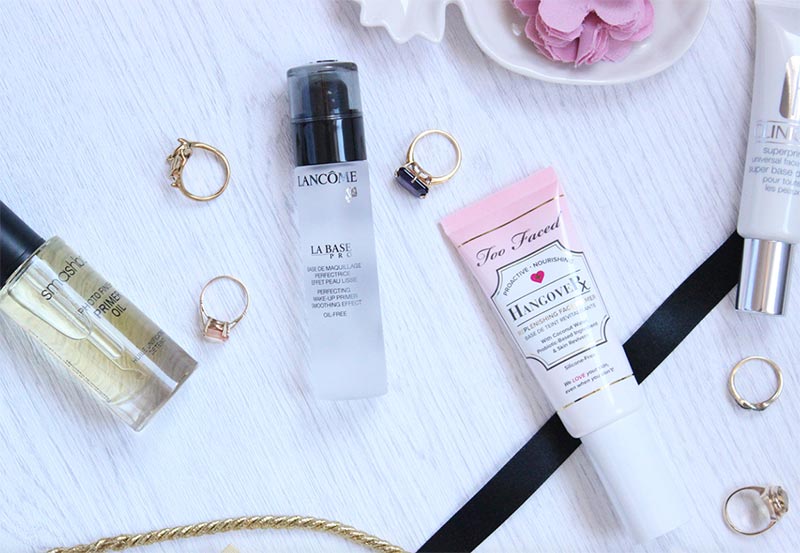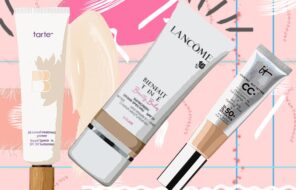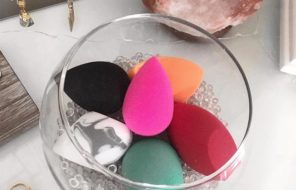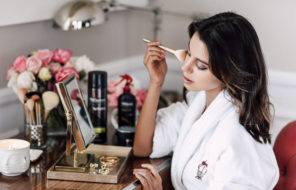Like any other makeup product, makeup primers also come in a myriad of forms and formulas, trying to cater every skin type and issue. You’d better learn about the different types of face primers, so you can choose the right one for yourself. These are the basic types of makeup primers you might want to go for!
The Average Foundation Primer
Many makeup brands only release one primer that is meant to be simple and suitable for all skin types. These kinds of makeup primers are almost always either polymer- or silicone-based, with formulas that give the skin a diffused, smooth finish that minimizes the look of both pores and wrinkles, but without the mattifying effect.
They’ll keep foundation lasting longer and make sure applying it is a total breeze, and will work for almost any skin type including dry, normal, combination, and oily. They are a good place to start if you are not 100% sure what kind of effect you want to achieve with your primer.
Mattifying Makeup Primers
Those with oily and combination skin can seriously benefit from oil-control makeup primers. These are almost always silicone-based, with cyclopentasiloxane being by far the best mattifying, pore-filling silicone.
In addition to minimizing the look of pores, mattifying makeup primers also help prevent the skin from becoming shiny throughout the day, regardless of whether you do or don’t wear foundation. It is possible to only use them on the parts of the face that become oily or greasy.
Strobing/ Illuminating Makeup Primers
For an ethereal, glow-from-within type of look, strobe creams are absolutely mandatory. They create a slightly reflective finish below the foundation that attracts light and illuminates the skin.
Some strobe creams have a subtler shine, and can work with all skin types, but some are super glowy and shimmery; they have a gorgeous effect on those with smooth, normal skin, but for those with larger pores, wrinkles, or uneven texture they don’t work, because the shimmer draws attention to the imperfections.
Silicone-Free Makeup Primers
Silicones are responsible for the velvety feeling many makeup primers have, but they are not the end-all-be-all! While silicones are fairly mild and safe, some people’s skin does not tolerate them. For others, silicones don’t seem to play nicely with the skin care products they wear below.
Thankfully, there are many silicone-free makeup primers that work beautifully with polymers, waxes, or oil-derived emollients. These are often a better choice for those with dry skin, as well.
Color-Correcting Makeup Primers
Color-correcting makeup primers move a little closer to the makeup side of things, but they still have all of the benefits of other primers. They have a very light tint of a color like green, yellow, peach, or lavender, in order to neutralize unsavoury skin colors.
A spin of the color wheel will tell you that green neutralizes red, yellow neutralizes purple, peach controls blue, while lavender brightens up sallow skin. It’s a great way of killing two birds with one stone, by both improving the wear of your foundation and also reducing the need for large amounts of it.
Anti-Aging and Hydrating Makeup Primers
Sometimes these also fall into the silicone-free primer category, but no matter the base, there is no reason why your primer can’t also include fabulous anti-aging and hydrating ingredients. Many brands add vitamins, essential fatty acids, and antioxidants to their makeup primers to upgrade them into anti-aging treatments that also make foundation look better.
Photo via @toofaced





